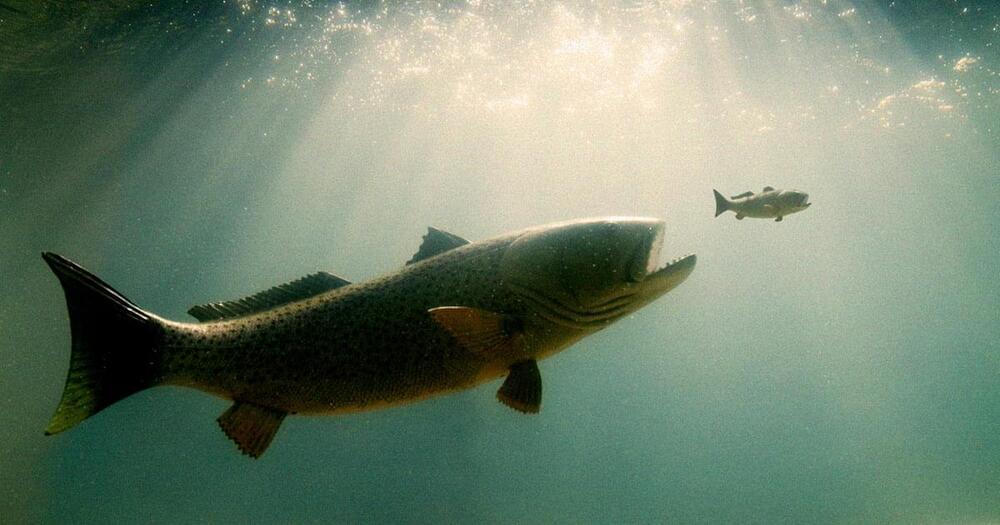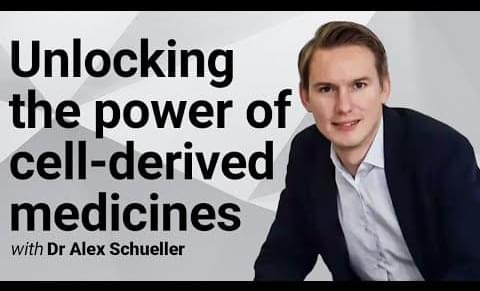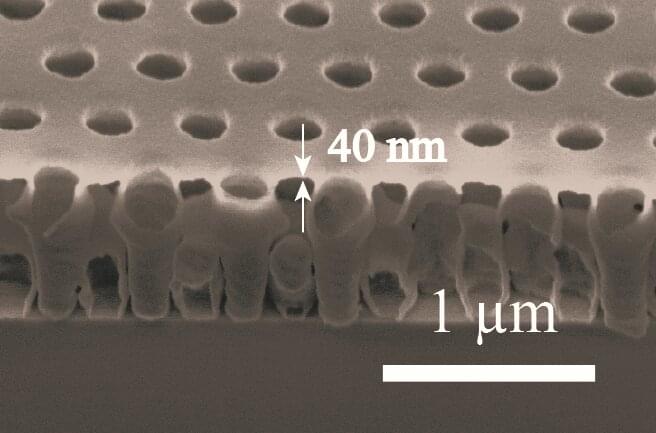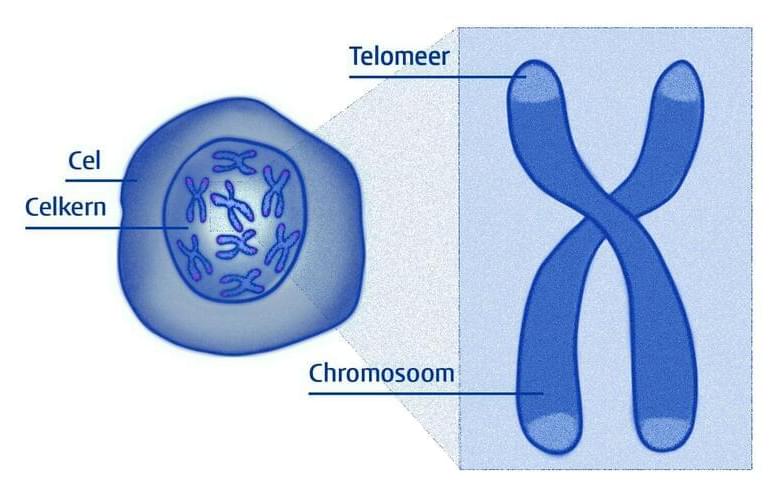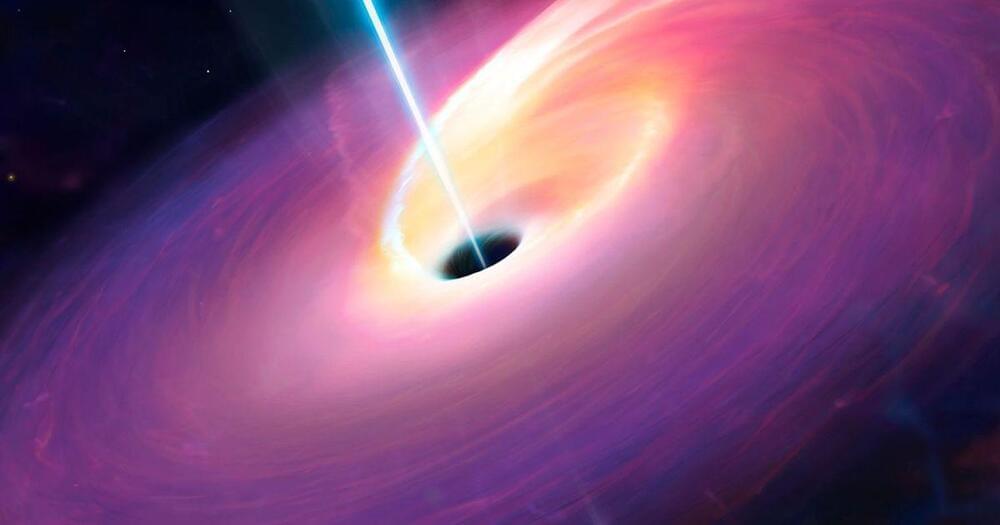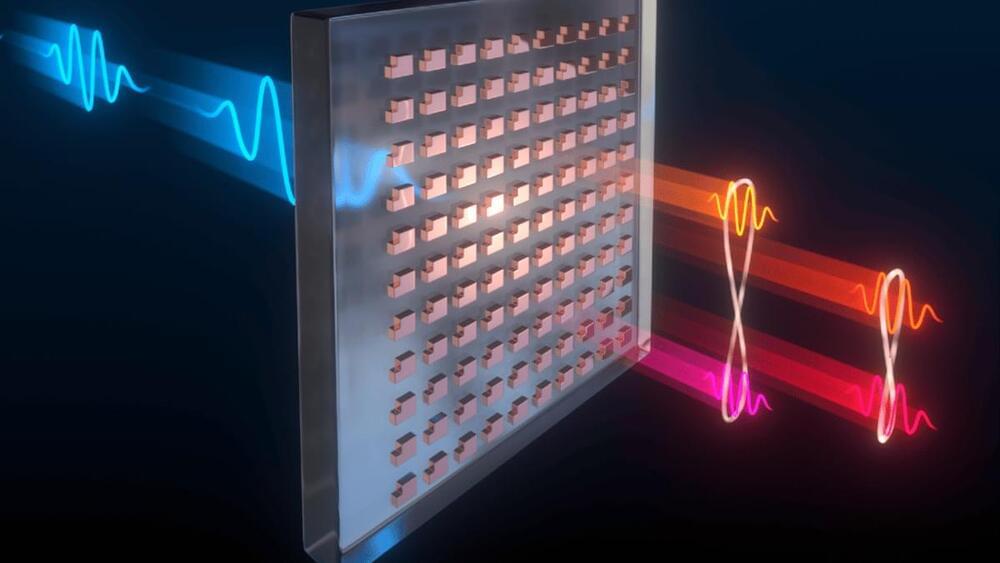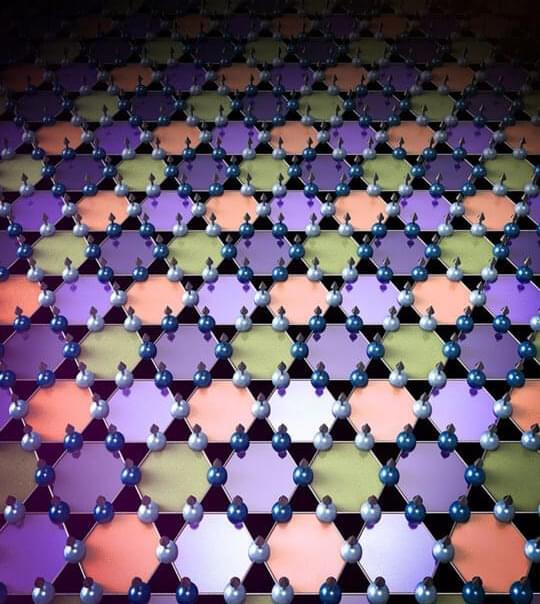Sep 15, 2022
AIVITA Biomedical CEO Dr. Hans Keirstead to Deliver Keynote Address at United Nations ‘AI for Good’ Meeting
Posted by Kelvin Dafiaghor in categories: biotech/medical, robotics/AI
IRVINE, Calif., Sept. 13, 2022 /PRNewswire/ — AIVITA Biomedical, Inc., a biotech company specializing in innovative cell applications, today announced that chairman and CEO Hans Keirstead, Ph.D., will deliver a keynote address at AI for Good, a program dedicated to achieving the United Nations Sustainable Development Goals through practical AI applications. Details for the keynote are as follows:
Keynote title: AI in healthcare is an infant. Intelligence augmentation is an athlete. When: Wednesday, September 14, 2022, 15:00 CEST (9:00 EDT) Where: Switzerland — Virtual Presentation
The AI for Good meeting is organized by the International Telecommunication Union (ITU), the United Nations specialized agency for information and communication technologies, in partnership with 40 United Nations sister agencies.

